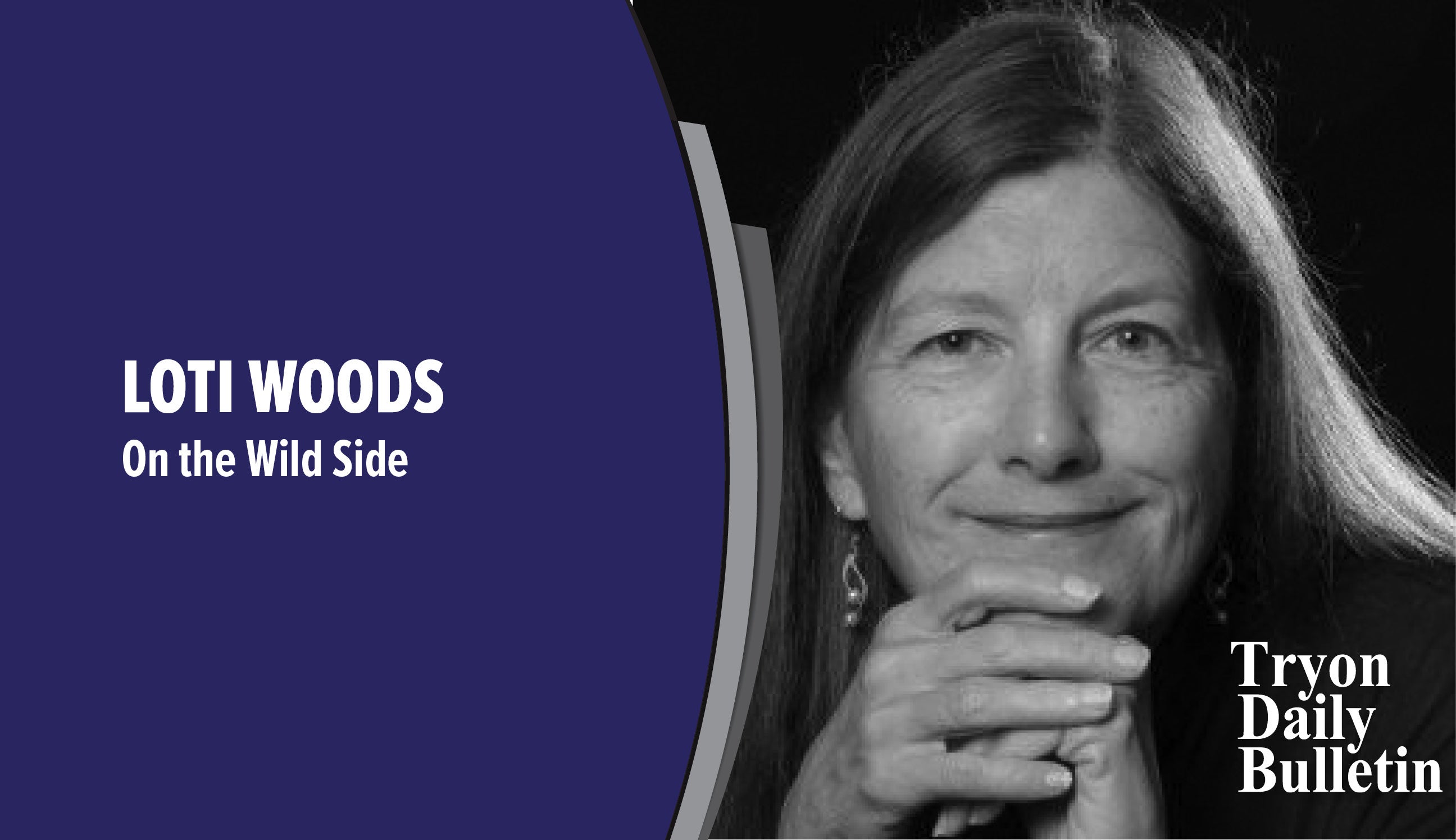Plant it, and they will come
Published 8:00 am Thursday, August 24, 2023
|
Getting your Trinity Audio player ready...
|
Imagine no baby birds or foxes or bears. It’s pretty simple. Wildlife needs good habitat to survive and native plants are a critical part of the habitat.
Without native milkweed, there would be no monarchs. And with monarch butterflies now classified as endangered, planting more milkweed is one way to help them. While monarchs get nectar from many plants, they only lay their eggs to reproduce on milkweed. No milkweed, no monarchs.
And that leads to the question, what is a native plant? Plants that grow wild, were here long before us and have not been brought in from other places are considered native. And most wildlife depends on native plants to live.
What do baby birds eat? Bird seed? Nope. Almost all baby birds eat caterpillars fed to them by their parents. So what do caterpillars eat? Mostly native plant leaves.
Without native plants, there would be far fewer caterpillars resulting in fewer baby birds. Plus, the uneaten caterpillars turn into beautiful moths and butterflies helping pollinate the native plants. The full circle of life!
Think about building a block tower and you pull a block out of the middle. The whole thing comes tumbling down. The block you pulled is known as a keystone. Without it, things can go bad.
Keystone species have a disproportionate impact on their environment. Without them, the place they live changes dramatically, often having catastrophic results. In the animal world, our native bee is a keystone species. Without bees, some plants would not get pollinated and reproduce, negatively affecting food for wildlife and us humans.
Without keystone plants, things can go awry quickly. One shocking statistic is that 90% of caterpillars eat only 14% of the native plants in our garden. Plant the 14% they eat, the keystones, and you should have butterflies, moths and baby birds. Plant the ones they don’t feed on…we’ll, you get the picture.
So how do you find out what local keystone plants are? Visit the National Wildlife Federation website at nwf.org/NativePlantFinder/. Enter your zip code, and you get a list of plants native to your area ranked by their importance in supporting pollinators.
How about trees? One of our most crucial keystone native trees is the oak. Just the nuts alone feed over 100 animals including chipmunks, deer and birds. Hundreds of caterpillar species eat oak leaves for nourishment. And what eats caterpillars? Baby birds! Here we go again!
When buying plants, try ones that support the most wildlife like the mighty oak and goldenrod for pollinators. And no, goldenrod doesn’t cause hay fever but does support over 100 butterfly species.
There’s a theme developing here. Plant it and they will come! And if you plant more native, keystone plants, you will be rewarded with more wildlife.
And where can you buy native plants? Right here in Tryon!
In cooperation with Tryon’s Downtown Development Association, the Gardening for Life Project (remember Doug Tallamy last March) will host a native plant sale on 9/22 from 4 to 7 p.m. in downtown Tryon. I can’t wait and have already started my list of plants to buy.
So, let’s dig in, plant with purpose and knowledge, and watch as our landscapes flourish. You might just be in awe of what comes to visit your garden.

A swallowtail butterfly on native ironweed in Tryon
Loti Woods is a founder of Champions for Wildlife, a nonprofit organization whose mission is to inspire and empower the next generation, using art & education, to be champions for wildlife. To learn more, visit https://championsforwildlife.org.


